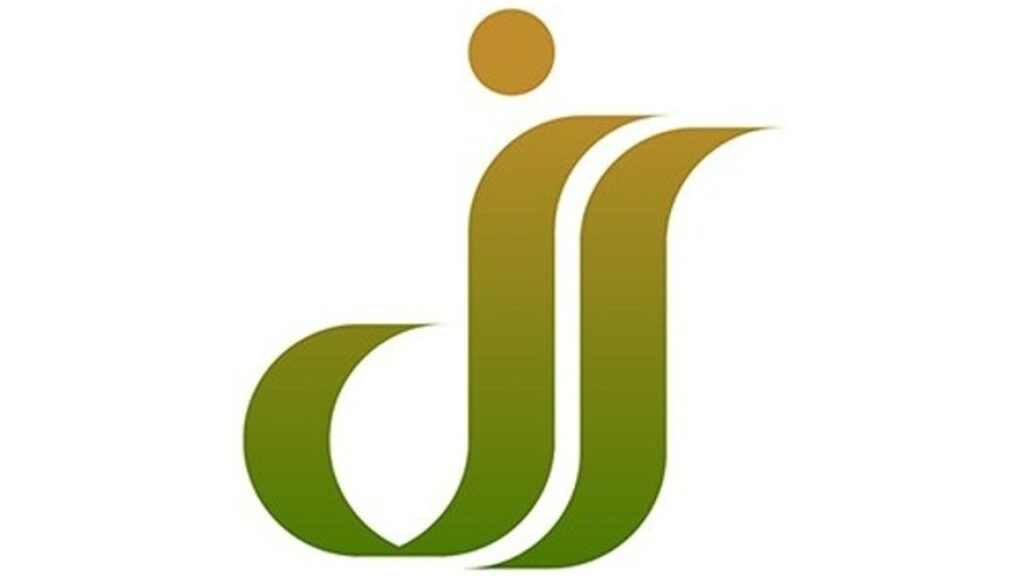Years ago, we implemented Dynamics Finance & Operations for a client using a pure waterfall method.
It was time to design the month-end process for accounting controls. The client outlined the go-forward process for Accounts Payable and Accounts Receivable.
The conversation went something like this:
‘We’ll take a snapshot of the system before any new transactions are entered, or it would distort the true month-end balance. We’ll limit access to the system on the evening of the last day and generate reports from the sub-ledger and General Ledger. Hopefully, reconciliation will be done before late night to allow users back in the system the following morning.”
New Process
I chimed in, “It’s no longer necessary to prevent access to users at month-end. They may continue working into the new month. The system controls where new transactions are posted. You may generate Aging Reports at any date, and the balance will agree with your General Ledger.”
“No, that’s not possible.”
“I understand your current system doesn’t do that, but this new system allows you this flexibility.”
“How is that possible? I’ve never seen an accounting system that does that.”
“That’s right; not every accounting system does this, but you’ve bought a new system with this capability.”
“I don’t believe you understand what I am saying.”
We chatted and agreed it was the exact requirement; it seemed too far-fetched for them to believe the new process. They needed to see it in action!
I was amused. Plus, I was giddy with excitement looking forward to when they realized the system did what they thought it couldn’t, and their lives transformed for the better by eliminating some of the stressors of month-end closing.
To convince or not
Sometimes, convincing a client that the system will do what we say takes a while. In another client encounter, I remembered the client saying they didn’t believe it was possible the project went that well and let’s wait until month’s end to sign off.
I checked them at month-end. They said all was well but would await fiscal year-end. Then, it was after the external auditors. By the end of the audit season, it became a moot point.
Nonetheless, there are three principles that we can use as a guide:
1. Foster a robust and healthy relationship with your client. Learn about each other, celebrate the victories, and develop a working model to address conflicts consistently.
2. Immerse yourself in their world and invite them into yours. Learn about the company, people, industry, and history; however, be keen to understand each person’s perspective, idiosyncrasies, language, values, and dreams for the project. Connect as fellow humans!
3. Show and tell. Outline what the client wants to achieve, agree on a plan, demonstrate the result, and review, adjust, and adopt the solution. If you cannot demonstrate in a proof environment, assume you will not execute in production. Communicate and simulate tirelessly!
Convincing the client need not be a separate goal. Clients don’t need convincing if they trust you know them; you are competent, capable, and interested in their good.
Have you experienced challenges convincing a client of what is possible? What features or situations have you proposed that require convincing, encouragement, and coaxing for them to embrace?
Is there some good news you’ve heard you’ve found to be so unbelievable you will not budge?
Do you waste time working on getting everyone on the same page? Have you considered getting a top-class coach for your consultants? Let’s talk!
Check our website here for more information, then schedule a complimentary call with us!

